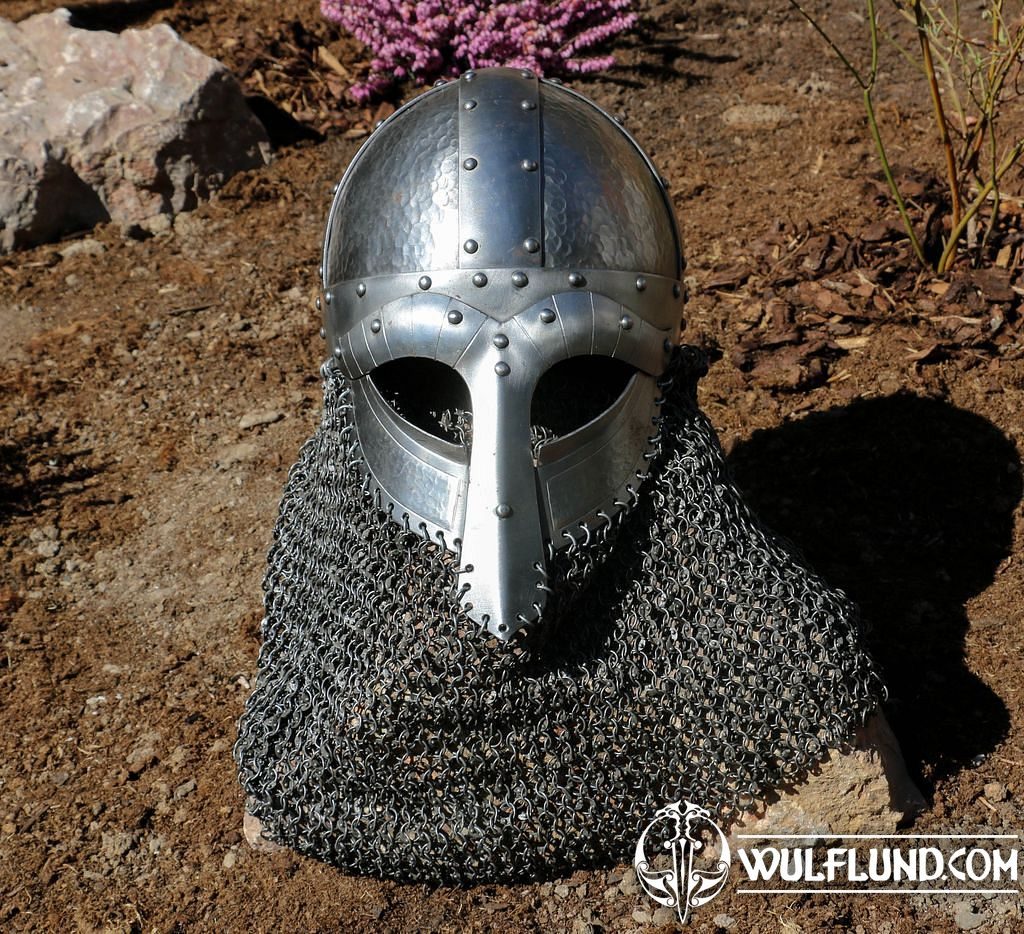Sport
The Surprising Truth About Viking Helmets Shattering the Horned Myth
When we think of Vikings, the image of those iconic horned helmets often springs to mind. However, the reality is that Vikings did not actually wear such elaborate headgear in their daily lives or on the battlefield. This misconception can be traced back to the artistic interpretations and symbolic representations created by 18th-century artists, which have since become ingrained in our cultural understanding of this warrior society.
What Helmets Did Vikings Wear?

Contrary to popular belief, the Vikings favored practical and functional helmets over the fantastical depictions that have become so prevalent. These helmets were primarily made of iron or bronze, sometimes with leather lining for added protection. The design typically featured a rounded dome-like shape, without the presence of horns or other ornate features that would have been impractical and even dangerous in the heat of battle.
The Importance of Function Over Form

The Vikings understood the importance of prioritizing functionality over aesthetics when it came to their military equipment. Horned helmets, while visually striking, would have been a liability in combat, as they could have easily been grabbed by an opponent or caught on branches or other obstacles, potentially causing injury to the wearer. Instead, the Vikings opted for streamlined designs that maximized protection and mobility, allowing them to move swiftly and effectively on the battlefield.
The Waterloo Helmet: A Glimpse into Viking Craftsmanship

One of the most renowned examples of Viking helmets is the Waterloo Helmet, discovered in England and dating back to the pre-Roman era. This artifact serves as a testament to the sophisticated metalworking skills of the Vikings, with its carefully crafted design and attention to detail. The Waterloo Helmet’s rounded shape, reinforced with metal bands, not only provided excellent protection but also allowed for a wider range of motion and visibility, crucial in the heat of combat.
Beyond the Horned Myth: The Practical Realities of Viking Headgear

While the image of the horned helmet may be deeply ingrained in our cultural perception of Vikings, the historical evidence clearly demonstrates that this was not the case. The Vikings’ choice of helmets was driven by practical considerations, prioritizing functionality and protection over ornamental or symbolic elements. This pragmatic approach to their military equipment reflects the Vikings’ broader emphasis on adaptability, innovation, and the pursuit of tactical advantage in their campaigns and conquests.
The Cultural Impact of the Horned Helmet Myth

The persistent myth of the Vikings’ horned helmets not only reflects a historical inaccuracy but also sheds light on the complex interplay between art, literature, and the public’s perception of the past. The popularity of this image can be attributed to the influential contributions of 18th-century artists and writers, who often took creative liberties in their depictions of Viking culture.
The Power of Symbolic Representation
The horned helmet has become a powerful symbolic representation of Viking identity, transcending its historical accuracy and becoming ingrained in our collective imagination. This image has been widely adopted in various forms of media, from literature and film to modern popular culture, further reinforcing the misconception and obscuring the true nature of Viking headgear.
The Dangers of Uncritical Acceptance
The widespread acceptance of the horned helmet myth highlights the importance of critically examining historical narratives and being wary of uncritical perpetuation of inaccurate information. As scholars and researchers continue to uncover new evidence and challenge long-held beliefs, it becomes crucial for us to maintain a willingness to revise our understanding and embrace a more nuanced and accurate portrayal of the past.
Best vikings winter warrior Clothing
The Vikings’ choice of helmets, far from the fantastical horned designs, reflects their pragmatic approach to military equipment and their unwavering focus on function over form. By shattering the persistent myth of the horned helmet, we can gain a deeper appreciation for the true nature of Viking culture and the extraordinary craftsmanship and adaptability that defined their warrior society. As we continue to explore and uncover the rich tapestry of Viking history, let us remain vigilant in challenging our preconceptions and embracing the nuanced and often surprising realities that lie beneath the surface of these iconic figures.





















